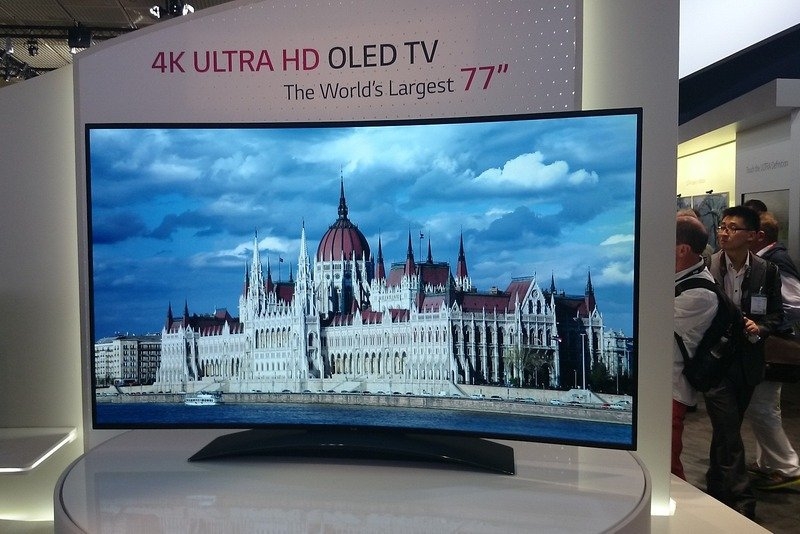LG Display has said it will spend more than 10 trillion won ($8.7 billion) on building a new plant that will produce OLED panels in the South Korean city of Paju, fuelling rumors that Apple will use OLED technology in future iPhones.
Reuters reports that the company will initially spend 1.84 trillion won ($1.6 billion) to begin building the plant, called P10, which will produce organic light-emitting diode displays for larger TVs, smartwatches, and automotive displays and is set to open in the first half of 2018. By the end of 2015, about 13 percent of all smartphones will have OLED screens, according to Counterpoint Technology Market Research.
"LCD remains the dominant display tech though OLED will catch up as Samsung sees its in-house demand dwindle over the next few years and starts opening it up more to competition," senior analyst Tarun Pathak at Counterpoint told International Business Times.
Yesterday, it was reported that Apple may be moving away from the LCD screen it uses in the iPhone to an OLED panel, possibly starting with the iPhone 8 in 2018. Apple is LG Display's biggest customer, accounting for about 25 percent of sales, and if the Cupertino company does move to an OLED display for the iPhone then LG Display's massive investment in the plant will likely be worth it.
"Today's announcement implies that the potential timing of Apple's adoption of OLED screens is set," said Claire Kim, an analyst at Daishin Securities Co. in Seoul, told Bloomberg.
OLED panels offer better power efficiency, brighter and sharper colors, and are thinner than LCD panels, but OLEDs are still expensive. But with the global OLED market forecast to climb to $29.1 billion by 2022, and more companies investing heavily in the technology, the cost of the displays may soon start to drop.
"And now with LG joining in, we can see a few more players joining in. This will bring OLED to lower price points," Pathak added.
News of the P10 plant caused LG Display's shares to rise 2.2 percent.
